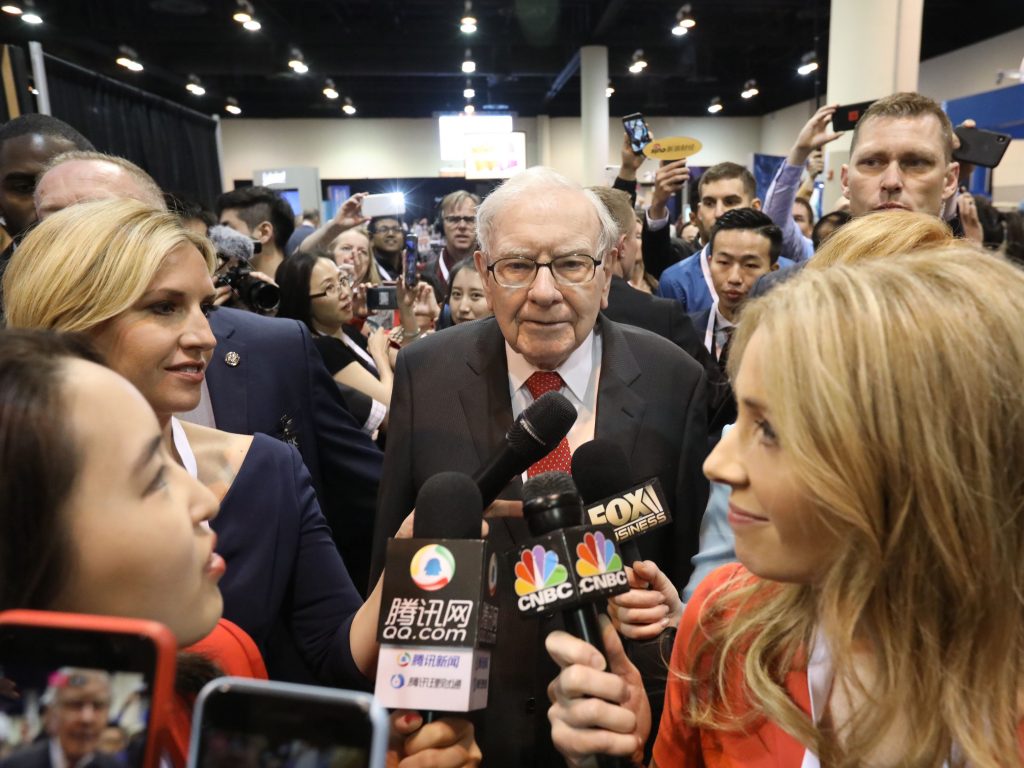- Moat investing is one way to beat the broader market especially with the shift into value stocks.
- VanEck ETF product manager Brandon Rakszawski unpacks his strategy for beating the market year after year.
- Some of the big value stocks among the top ten weightings in the VanEck ETF portfolio include Wells Fargo, Cheniere Energy and General Dynamics.
Outperforming the S&P 500 is not an easy task, but it is one that senior ETF product manager Brandon Rakszawski is proud to have achieved consistently since the inception of his MOAT fund over a decade ago.
While the index is not actively managed, he helps oversee VanEck’s Morningstar Wide Moat Focus Index by using its namesake’s equity research to find securities that offer a profitable blend across various sectors.
The MOAT exchange-traded fund has outperformed the S&P 500 by over 1.5% annually over the last five years as of May 31st, based on VanEck’s own data. For example, over the last three years, the S&P has risen by 54%, compared with the 72% increase in the MOAT ETF.
The term MOAT was popularized by veteran investor Warren Buffett, who heralded the virtues of “economic moats”, which refers to a business’ ability to maintain a competitive advantage over its competitors to protect its long-term profits and market share.
The pronounced shift from so-called growth stocks – those whose value is derived from investor expectations for future growth and revenue – and value stocks, whose fortunes are more tightly linked to the underlying economy, has only served to boost investor appetite in his ETF, which has attracted $1.04 billion in net new assets this year alone.
"The key to this strategy is the valuation component," Rakszawski said about his company's index that has assets under management of around $5.5 billion. "So, Morningstar's analysts are also assessing fair value of each company, and then the index strategy on a quarterly basis in a systematic way will allocate to those wide moat companies that are most attractively priced."
Wider market shift
Inflationary concerns are leading investors to accelerate the shift that was already underway from growth to value stocks, giving the S&P a boost this year, as the world reopens following the COVID-19 pandemic.
The S&P 500 Value index - which tracks the top 100 S&P 500 stocks deemed to be cheapest as per their price-to-book value, earnings-to-price and sales-to-price ratios - have returned 17% year-to-date as of May 27, according to S&P Global Market Intelligence.
Among the value stocks by weight on the S&P index, shares of Buffett's own Berkshire Hathaway and JPMorgan Chase -- the two most heavily weighted -- have gained 24.4% and 27.4%, respectively, in 2021. Share prices of oil major Exxon Mobil and America's second-largest bank, Bank of America -- are also among the 10 largest value stocks by weight on the index during that period -- have risen 43% and 38.7%, respectively, said S&P Global Market Intelligence.
The shift begins
In the case of VanEck's MOAT, Rakszawski said the index started pivoting out of growth stocks and into value shares in March of last year.
"When markets were reacting to all of the shutdowns globally [due to] the pandemic, the index actually underwent a scheduled quarterly reconstitution review rebalance at market lows," he said. "And it started to find oversold stocks in March, and then in subsequent quarterly rebalances. So we saw the shift in the portfolio, it's a blend strategy, a core strategy. So you've got a mix of value and growth, but it kind of sits in that middle blend area [and eventually] actually started to lean more towards some cyclical stocks, value stocks."
As a result, larger banks and other value stocks were added to the portfolio in early 2020, and gained increasing exposure in subsequent months in the index. In general terms, classic value stocks tend to be in the sectors of energy, financials, real estate, materials and industrials. Traditional growth stocks, on the other hand, have been technology, consumer discretionary and health care.
Some of the big names that currently hold the top ten highest weightings in the VanEck ETF portfolio include Wells Fargo, Cheniere Energy, and General Dynamics, as of April 30th.
"This positioning into the most attractively priced, or undervalued wide moat companies led the fund to tilt toward, toward a value exposure, which in 2020 resulted in the first calendar year of under-performance relative to the broad market since 2015," he said. "So the fund was kind of a little early to that rotation. And then we saw in the fourth quarter, and then in earnest in the beginning of the year that rotation to value, which benefited the portfolio."
As for how long this rotation from growth to value will last, Rakszawski said it's hard to tell. The market can only turn to the lessons of the past.
"If that trend [of growth to value stocks] continues to play out, if we truly are going to kind of repeat the pattern that we saw through the dot-com bubble that saw value kind of crawl back up through to the global financial crisis, [then] there could be some room to run, but that's really hard to tell."
